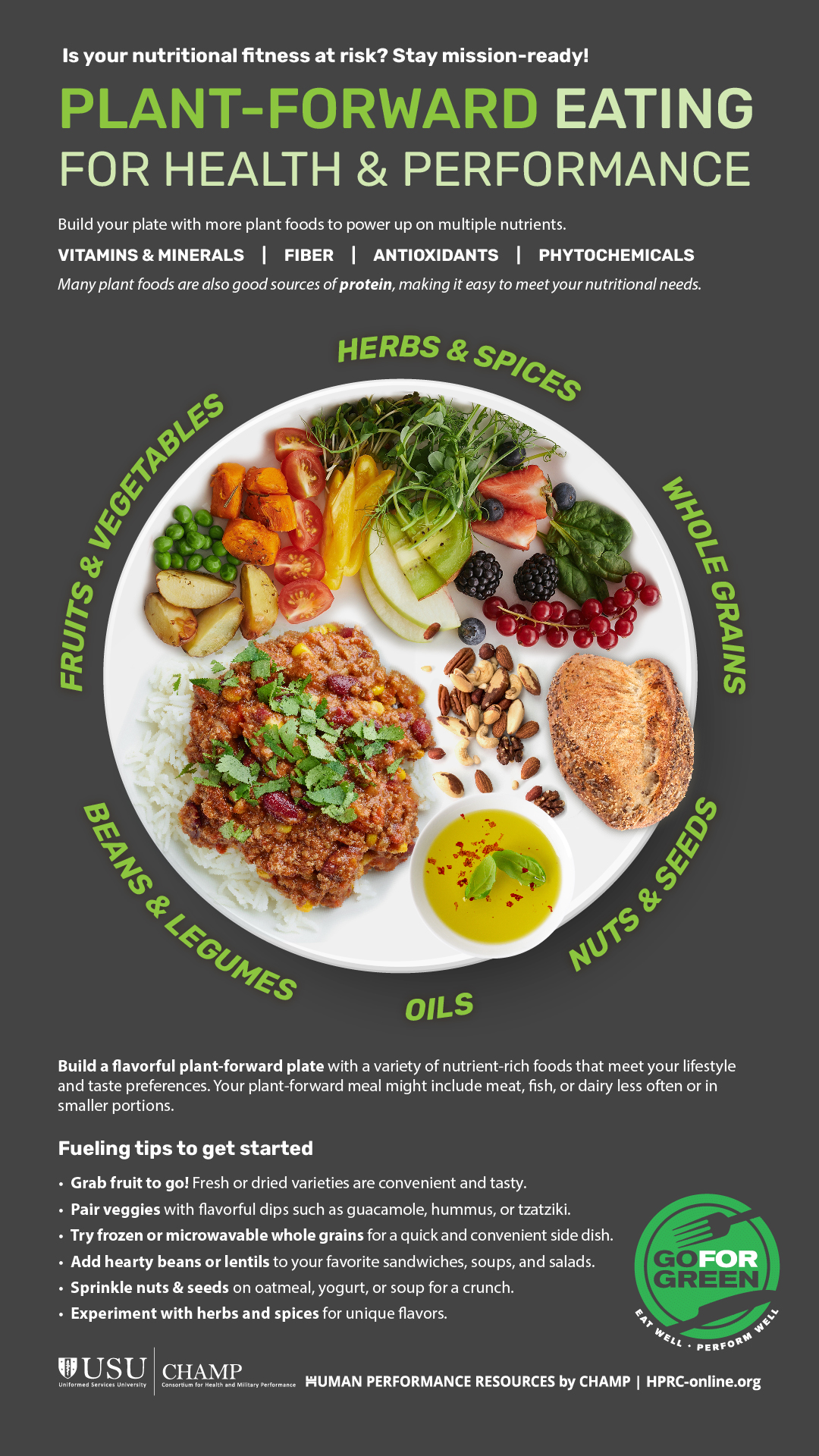When it comes to preparing healthy and delicious meals, incorporating nutrient-dense seeds into your cooking can be a game-changer. These tiny powerhouses of nutrition are packed with essential vitamins, minerals, and antioxidants that can benefit your overall health. From chia and flax seeds to pumpkin and sunflower seeds, there are numerous options to choose from. To help you make the most of these nutrient-packed ingredients, here are some tips on how to cook with them.

Credit: integrisok.com
Choosing the Right Seeds
Before you start cooking with seeds, it’s essential to select high-quality, organic seeds to ensure that you’re getting the most nutritional benefits. Look for seeds that are free from additives and pesticides for the best results. You can find a variety of nutrient-dense seeds at your local grocery store or health food store, or you can purchase them online for convenience.
:max_bytes(150000):strip_icc()/healthy-meals-heathiest-grains-01-2000-e7aab23640f3482f8f1b859bb48ce2c8.jpg)
Credit: www.realsimple.com
5 Ways to Cook Nutrient-Dense Seeds
Now, let’s explore five simple and delicious ways to incorporate nutrient-dense seeds into your cooking:
1. Sprinkling: One of the easiest ways to use seeds is by sprinkling them over your favorite dishes such as salads, yogurt, oatmeal, or smoothie bowls. This adds a delightful crunch and a nutritional boost to your meals. Chia seeds, flax seeds, and hemp seeds work exceptionally well for this purpose.
2. Toasting: Toasting seeds can enhance their flavor and texture. Simply heat a dry skillet over medium heat and add the seeds. Stir frequently until they become golden and fragrant. Toasted pumpkin seeds, also known as pepitas, make a delicious and healthy snack, while toasted sesame seeds can elevate the flavor of stir-fries and salads.
3. Baking: Seeds can be added to a variety of baked goods such as bread, muffins, and granola bars. Try incorporating sunflower seeds, pumpkin seeds, or poppy seeds into your favorite recipes for an extra nutritional boost and a delightful crunch.
4. Making Seed Butter: Just like nuts, seeds can be transformed into delicious and nutritious seed butter. Whether you’re making sunflower seed butter, pumpkin seed butter, or a blend of different seeds, this creamy spread can be used as a dip, spread, or added to smoothies for a dose of healthy fats and protein.
5. Cooking: Seeds can be used in savory dishes such as pilafs, stir-fries, and soups. For example, adding quinoa, a seed that is often prepared and enjoyed as a grain, to a vegetable stir-fry can boost the protein and nutritional content of the dish while providing a satisfying texture.
Benefits of Cooking with Nutrient-Dense Seeds
There are numerous benefits to incorporating nutrient-dense seeds into your cooking:
- Nutritional Powerhouses: Seeds are rich in essential nutrients such as omega-3 fatty acids, fiber, protein, vitamins, and minerals, making them valuable additions to a balanced diet.
- Improved Digestive Health: The fiber content in seeds can support digestive health and help prevent constipation.
- Heart Health: The healthy fats found in seeds, such as omega-3 fatty acids, can contribute to heart health by reducing the risk of heart disease.
- Weight Management: The protein and fiber in seeds can promote feelings of fullness, which may aid in weight management and control cravings.
- Antioxidant Protection: Many seeds contain antioxidants that can help protect the body from oxidative stress and inflammation.
By cooking with nutrient-dense seeds, you can enhance the nutritional profile of your meals and create delicious, wholesome dishes that support your overall well-being. Whether you’re baking, toasting, or incorporating them into your favorite recipes, these tiny yet mighty seeds can take your cooking to the next level.
In Conclusion
Cooking with nutrient-dense seeds offers a range of culinary possibilities and health benefits. By choosing high-quality seeds and exploring the various cooking methods, you can elevate the nutritional content and flavor of your meals. Get creative in the kitchen and enjoy the goodness of nutrient-dense seeds in every bite!
Frequently Asked Questions On How To Cook Nutrient-dense Seeds : Unlock The Power Of Healthy Cooking
How To Cook Nutrient-dense Seeds?
To cook nutrient-dense seeds, start by rinsing them thoroughly. Then, toast them in a dry pan over medium heat. Finally, add them to your favorite recipes for an added boost of nutrition.
Why Are Nutrient-dense Seeds Important For Our Health?
Nutrient-dense seeds are important for our health because they provide essential vitamins, minerals, and fiber. They can support digestion, boost immunity, and help maintain a healthy weight.
What Are Some Popular Nutrient-dense Seeds?
Some popular nutrient-dense seeds include chia seeds, flaxseeds, pumpkin seeds, and sunflower seeds. These seeds are packed with nutrients and can be easily incorporated into various dishes.
How Can I Incorporate Nutrient-dense Seeds Into My Diet?
You can incorporate nutrient-dense seeds into your diet by adding them to smoothies, salads, yogurt, or oatmeal. You can also use them in baking or as a topping for roasted vegetables or grilled chicken.
